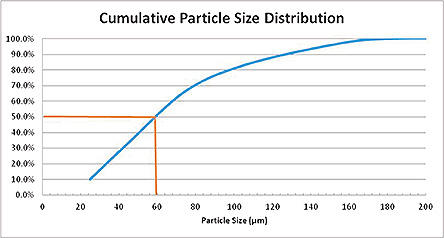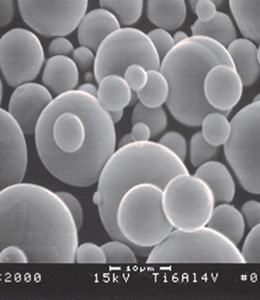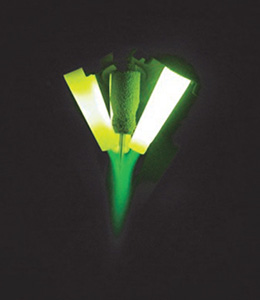Plasma Atomization Process and Technology
Developed by PyroGenesis, the Plasma Atomization Process uses argon plasma torches to melt and atomize into fine droplets titanium and other metals. The Plasma Atomization Process has the distinction of producing highly flowable and very pure spherical metallic powders using wire as feedstock. Because of the inert argon atmosphere, high powder purity can be achieved. The high temperature, high kinetic energy plasma allows for the production of a highly spherical powder. Since a wire spool is used as feed material, a high level of traceability is achieved, allowing for the use of the powders for high-end applications such as biomedical implants, or for the aerospace sector. In the Plasma Atomization Process (Figure 3), a pre-qualified wire is continuously fed through the apex of three non-transferred arc argon plasma torch jets. Simply put, the wire begins to melt from the >10,000°C plasma and become atomized into fine droplets. For this application, PyroGenesis’ RPT torches are used. These torches use tungsten electrodes, ensuring minimum erosion and contamination of the powder.
Figure 1
Sample powders produced by plasma atomization
Figure 2
Three Argon Plasma Torch Jets Converging on Wire
Figure 3
Plasma Atomization Process
Droplets shear off in a superheated state, completely consuming the wire (Figure 2). The droplets disperse, and then fall down a tall water-jacketed, argon-filled tower. The droplets spend enough time in freefall to physically transform into their most natural state dictated by surface tension: a perfect sphere. The spheres are collected semi-continuously under an argon blanket, and can then be sieved to different sizes, depending on customer requirements. A high degree of sphericity and a narrow particle size distribution is desirable in advanced material fabrication processes involving powders. Examples of powders are shown in Figure 1
Benefits:
- Site development, design and concept
- Highly Spherical
- Few Satellites or Internal Voids
- Highly Flowable Compared To Angular and Other Spherical Powders
- Low Oxygen Content and No Contaminants
- Tailored Size Distribution
- Highly Traceability




